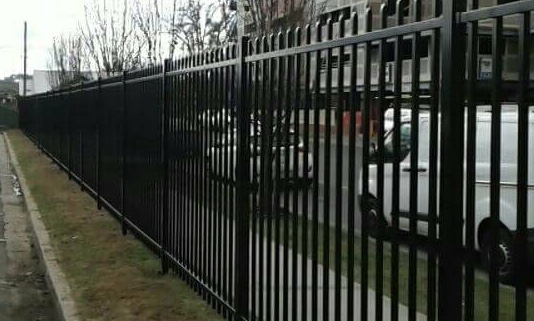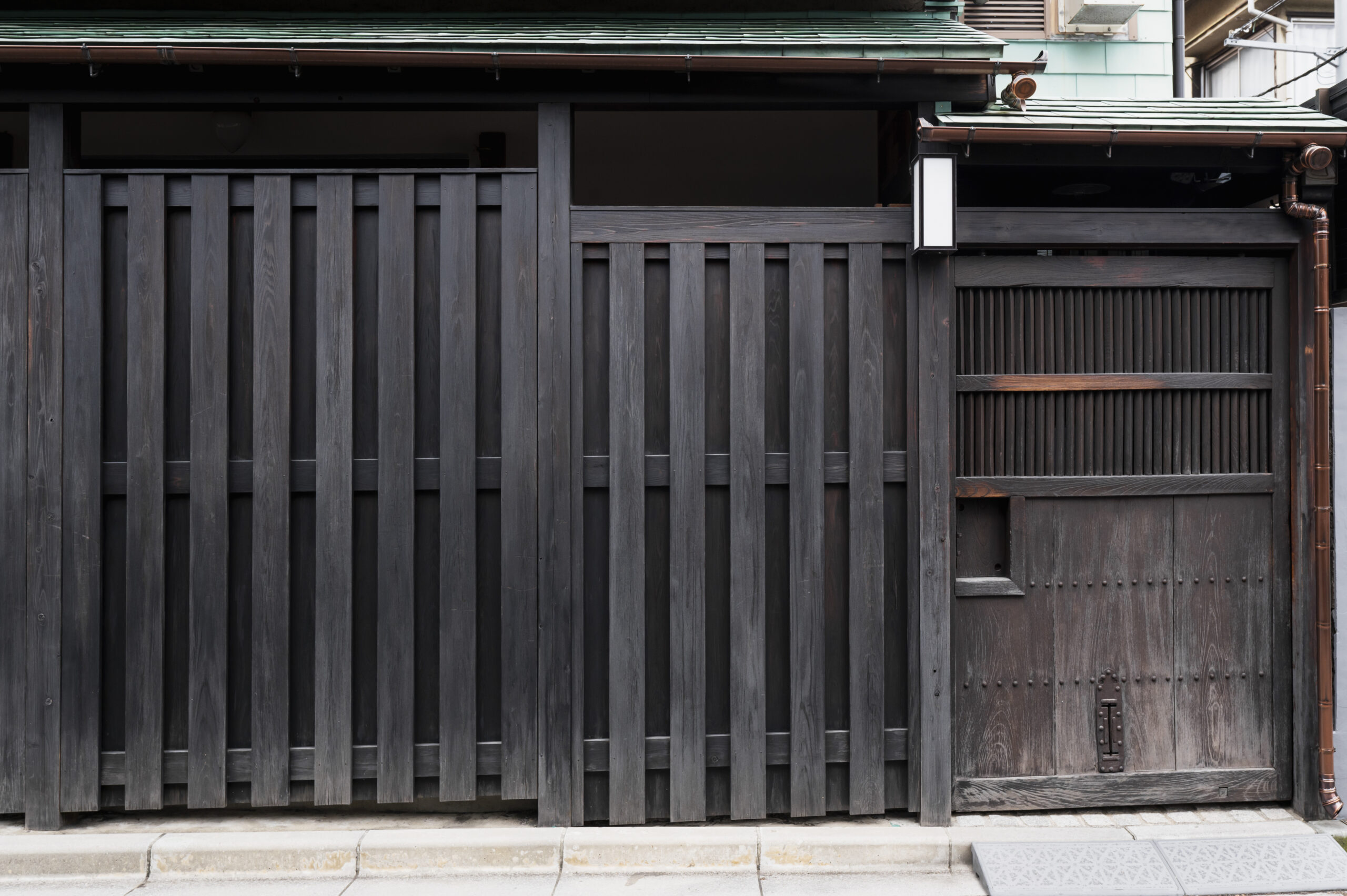Timber Versus Metal Fencing
When it comes to fencing materials, which is better, timber or metal? How should you decide which type of fencing to choose for your home?
Choosing any new addition to your home is never easy, and a new fence is no exception. With so many great fencing options out there, it’s easy to get overwhelmed with choice. What type of fence would work best for you and your home? What type of fence will last the longest and needs the littlest amount of maintenance from you? What time of fence is the most secure, or the best for privacy? There are so many variables that make up your decision for your fence – it can be daunting!
Two of the most common types of fencing materials are timber and metal. Even within those categories, there are a few options. Timber can come in different types of soft or hard woods, while metal encompasses everything from steel to iron to aluminium. Once you learn about the benefits and drawbacks of these two materials, you’ll be able to decide on your fence purchase confidently.
Strength
Are you looking for a strong fence that will weather the storm? The good news first – both types of material are incredibly robust and durable. Whichever type of material you choose, you’re getting a fence that will last for years and years. Both timber and metal fences typically come with a ten-year warranty.
To get down to the nitty-gritty, let’s look at the benefits and negatives of each material type.
With wooden fences, you get a natural and affordable material that is inherently very tough. Wood is usually able to withstand storms, impact damage and day-to-day use.
The most significant risks that a wooden fence faces is rot and termites. Jim’s Fencing wood of choice is Merbau timber, a tannin-rich hardwood that is luckily very resistant to both of these issues. Its natural oils deter termites and also help it to stand up against the hot Australian climate and is also beneficial against dry rot.
Metal is a man-made material, so pests and insects won’t be able to damage it. Ungalvanized metal can easily rust – this is probably the largest source of damage for metal fences. However, the metal used for fencing by Jim’s Fencing is always galvanised for extra protection. Experts also recommend powder coating metal fencing to give the fence a flexible, durable coating. Certain types of metal, such as Colorbond steel, are also non-combustible, so it is a great choice for anyone living in a bushfire zone.
Cost
A budget is often at the forefront of homeowners’ minds. Generally, the materials involved in timber fencing are cheaper than metal, as are the tools required to work with the material as well as the cost of installation. Of course, there are always variations to the rule – if you are getting a detailed feature fence with different timber variations, it may be more expensive than a plain tubular fence. The best way to knuckle down on the budget for each fence is to contact. Jim’s Fencing for an obligation free quote
Maintenance
If you’re a low-key person, you’re likely to be looking for a fence that won’t require regular maintenance. Both timber and metal fences are low maintenance. Apart from the occasional clean, they are unlikely to need any other hands-on care.
One thing to consider is that it’s advisable to check your fence every now and again for faults or damage. Getting minor issues repaired as they pop up will help maintain your fence’s integrity and stop it from turning into a major replacement job later on. Wooden fences, on average, will face more damage than a metal fence. But, in saying that, wood tends to be easier and cheaper to repair than metal.
Security
Different households will require different levels of security – a large dog that needs to be penned in, small children that play unsupervised in the yard, or a line of defence in a high-crime rate neighbourhood. Both types of fences effectively provide a robust and secure barrier for your home.
Due to wood usually being slightly more affected by ageing and weather, it may be the less preferable choice compared to a metal fence if you want the maximum amount of security on offer. However, in saying that, there are always additional features you can add to make a fence more secure. For example, a self-latching and locking gate or adding spikes, pickets or lattice to the top of a fence.
Design
Your fence is not there just to be functional – it should also add to the kerbside appeal of your property and even boost the overall value of your home. It’s crucial that you choose a fence that looks good.
For metal fences, there are several design options available. Colorbond is typically a solid sheet of steel and can be topped with a lattice panel to retain the homeowner’s privacy while allowing some extra light in. Another type of metal fence, say a tubular style, allows for a mostly unobstructed view into your backyard. Yet another variation, a wrought iron fence, is an ornamental style that was popular in the early 1900s and is generally best suited to period-style homes. Metal fences are customarily offered with a selection of colours they can be powder coated in.
With timber fencing, there are multiple styles available. You can choose a paling style that allows limited vision and sunlight to pass through the gaps between the palings. Another option is a solid style that is designed with no gaps. If you want your timber fence to be a feature wall, you could even go for a hybrid timber style that features a mix of vertical and horizontal slats of wood.
If colour is important to you, you should know the differences between metal and wood. Merbau fencing is a wood with a naturally beautiful dark golden-brown colour. It’s one type of wood that is rarely painted over as, instead of greying with age as other woods do, it gets richer and darker as it gets older.
Environmental impact
In the current climate crisis that we live in, many of us want to make more thoughtful and eco-friendly decisions. Like anything else, your choice of fence is another opportunity for you to make a positive difference in the world.
Not all types of wood are equal from an environmental perspective, and certain types of wood that rot easily can actually be detrimental to the environment. Luckily, this isn’t the case with Merbau. Merbau is viewed as a climate-friendly timber type due to its carbon sequestration. In simple terms, that’s the means of material capturing and storing carbon dioxide from the air. This helps to perpetually clear the air around the fence.
Colorbond is one of the most popular types of metal fences used across Australia. Metal fencing can get a pretty bad rap on the eco-friendly scale due to the harsh chemicals usually required to create them. Colorbond has done its best to mitigate these concerns – Jim’s Fencing’s selection of Colorbond only encompasses recycled steel. Because it’s very low maintenance, as stated above, it won’t need the steady upkeep that requires further chemicals or toxins to be used. Colorbond is also 100% recyclable.
Contact Jim’s Fencing Melbourne on 13 15 46 for more information about the different fencing materials available and for advice on which style might best suit your home and needs.










